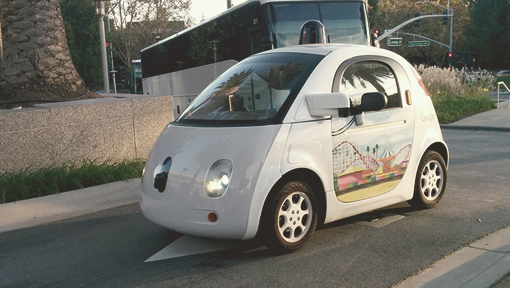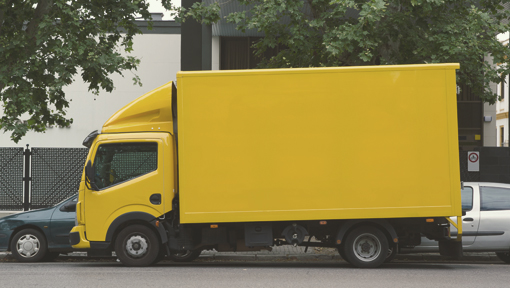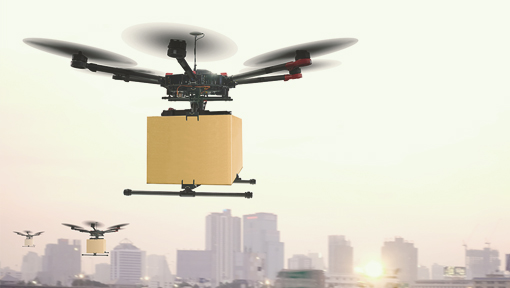How Will Autonomous Vehicles and New Mobility Services Affect Land Use?
For Phase 1, we posed a series of questions to an esteemed group of over two dozen land use experts from around the country, which included representatives from public agencies, consulting firms, and academia. While we saw some variation in the responses to certain questions, we were able to draw out the following trend-level opinions based on the majority of responses:
2020-2050
As the percentage of AVs in the fleet mix increases, more population will shift to suburban areas, while more job growth will occur in urban areas. The prevalence of AVs will be a primary contributing factor to this condition, whereas the prevalence of drones and other non-traditional delivery methods will be less of a factor.

2050




2050

2050

Looking for more insights? Check out our Emerging Technologies expertise page and start the conversation with us for your community’s project!
Quick Links
© 2017 – 2024 Fehr & Peers. All rights reserved.

